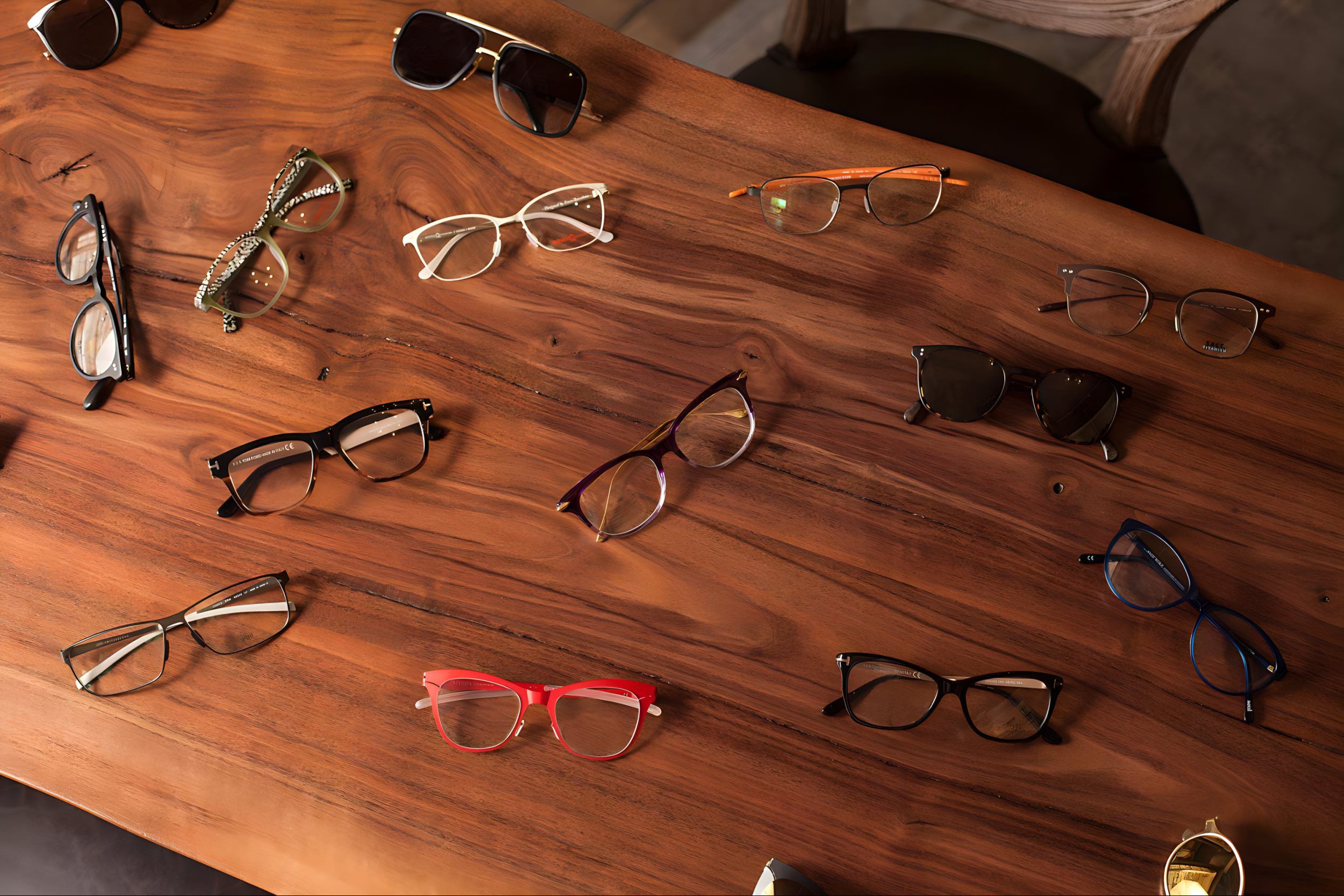By Shelley
What are your eye doctors looking for during comprehensive eye examination?
You know the importance of ocular health, but what is your eye doctor looking for during your examination? Let’s walk through the series of tests done during a routine eye exam.
General Health:
Your eye doctor will begin by asking about your general health. This includes any medical history, medications you are taking, previous eye trauma, or any close relatives with a history of eye problems. Many health conditions and medications can affect your vision and visual system. For example, diabetes or hypertension can cause problems in your eyes or vision.
Eye movements and co-ordination:
The functions are checked to make sure that both eyes are working together. A series of tests evaluate interior and exterior eye muscles and co-ordination ability. Pupil reflexes are also tested to rule out neurological disorders.
Peripheral vision and color vision:
Screening tests to evaluate peripheral vision and color vision are also done to rule out eye diseases, neurological conditions, or genetic color deficiency.
Vision:
Your vision will be assessed both with and without corrective lenses at far distance and near distance. Then, an estimation of your correction needs will be measured with instruments before refinement is done. This process includes the eye doctor asking you to choose between different lenses to see which ones help the quality and clarity of your sight.
Examining your eyes:
Both the outside and inside of your eyes will be examined to identify any eye health issues or other underlying medical problems. In addition to the vision evaluation, this is the most important component of an eye examination.
The exterior of your eyes will be examined using an instrument to magnify the eye structures including the lid margins, cornea, iris, and everything in between. Then, your eye pressure will be measured. Pressures that are too high or too low can cause concerns.
Before they examine the interior of your eyes, eye doctors usually like to dilate the pupils with eye drops to have a better view of the interior with magnifying lenses. The doctor evaluates the optic nerves to rule out diseases such as glaucoma, the center of the retina to look for conditions such as macular degeneration, and the blood vessels in the eye to discover possible effects from diabetes, hypertension, or other abnormalities. Finally, the peripheral retina is evaluated to look for retinal holes or tears.
Occasionally the eye doctor may suggest specialized tests to further evaluate specific conditions.
Additional tests to measure the shape of your eyes are also necessary for contact lens fitting.
Different focus for each patient:
Each eye examination is different for each patient. Based on the patient’s age, health history, and symptoms, eye doctors may concentrate more on certain aspects of the patient’s eyes and vision in addition to the basic tests. For example, eye doctors study the ocular health very carefully for older patients because eye diseases become frequent with advancing age. On the opposite side of the spectrum, doctors look for pediatric-specific conditions such as lazy eye or pediatric eye tumors for the little ones.
How do we examine infants
We get this question often, and it’s a very good one. First, we evaluate the eye muscles of the little ones by getting their attention with small objects or toys. Then, we dilate their eyes with eye drops. Once the internal eye muscles are relaxed by the eye drops, we shine a light emitted from an instrument known as retinascope to get a reading of the glasses prescription the infant may need. Finally, the child will receive an evaluation of the internal structure of their eyes with the same magnifying lenses we use on adults.
Are you in need of an eye exam? Make your next appointment here.





